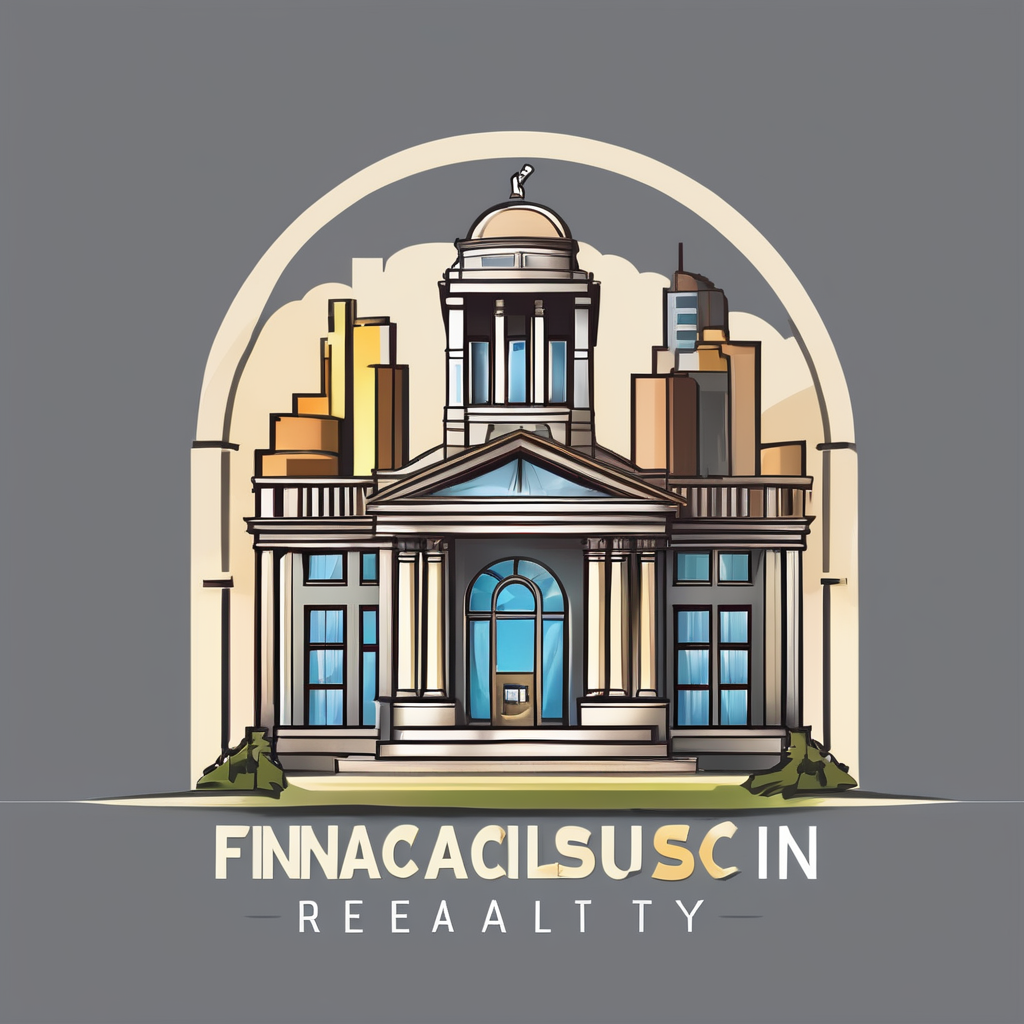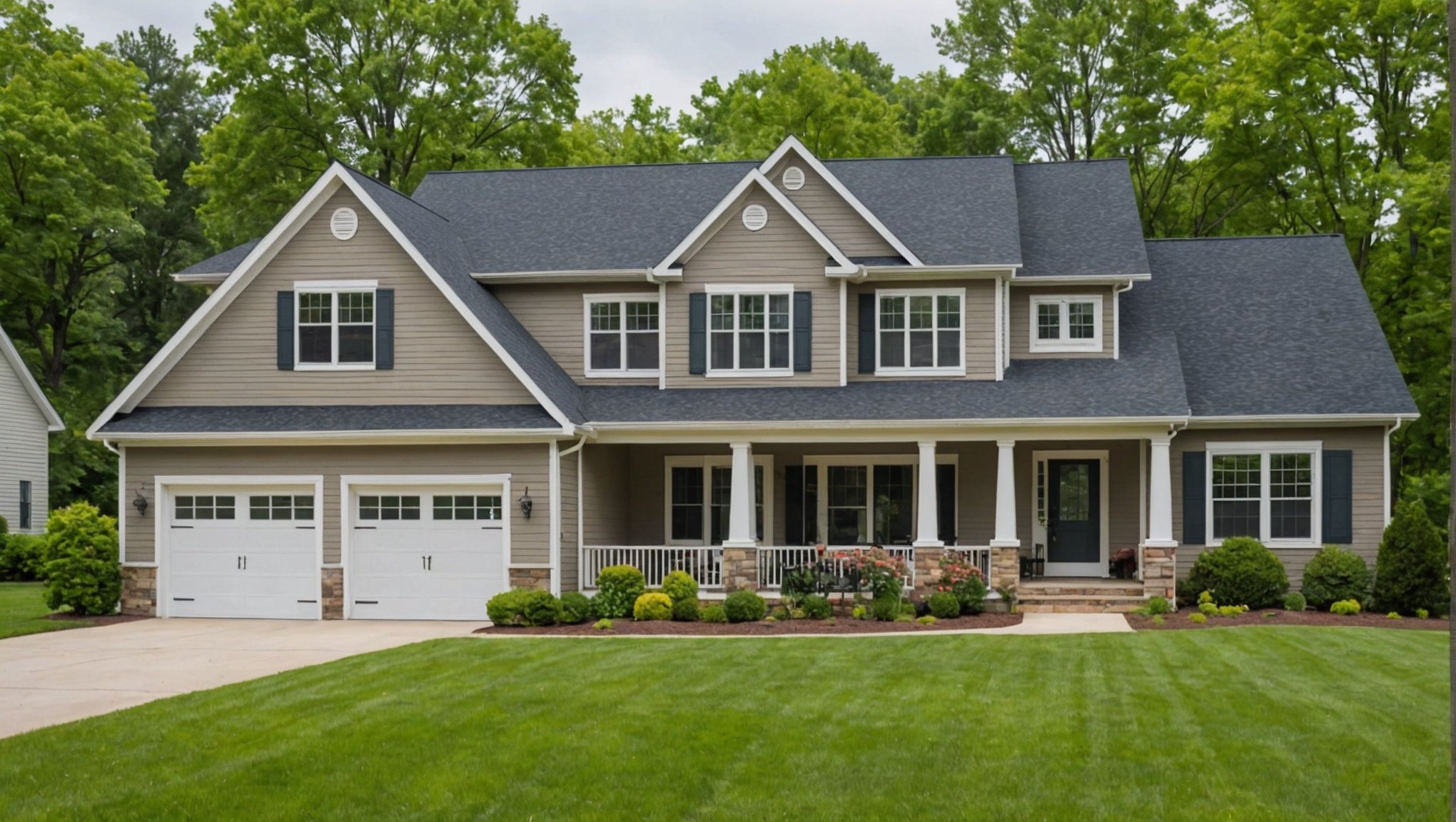In the realm of homeownership, there is an intriguing intersection between energy efficiency and mortgage rates. The relationship may not seem apparent at first, but with careful analysis, it becomes clear that by investing in energy-efficient upgrades for your home, you can potentially save considerable money on your mortgage. This article will delve into the details, exploring how energy-efficient home improvements like solar panels and water-saving appliances can impact your mortgage rate and overall home costs.
Understanding Energy Efficiency and Mortgages
Before we delve into the specifics of how energy efficiency can affect your mortgage, let us first understand these two seemingly unrelated concepts. Energy efficiency refers to the method of reducing energy use in your homes, usually through smart, environmentally-friendly upgrades. On the other hand, a mortgage is a type of loan that homeowners use to finance their homes. The mortgage rate, also known as the interest rate, is a critical part that determines the total cost of your home over the loan period.
Cela peut vous intéresser : What Are the Best Mortgage Options for Freelancers in the UK?
Homeowners seeking to upgrade their properties frequently contemplate whether such enhancements will affect their mortgage rates. Energy efficiency improvements aren’t just about slashing your energy costs; they can also influence your overall home costs, including your mortgage.
The Link between Energy-Efficient Homes and Mortgage Rates
So, how does improving your home’s energy efficiency have a bearing on your mortgage rate? The answer lies in a financial product known as an Energy Efficient Mortgage (EEM). An EEM is a type of loan that allows homeowners to finance energy-saving upgrades in their homes. This mortgage type factors in the energy savings from these enhancements when calculating the loan amount.
A voir aussi : What Actions to Take If Your UK Property Is Incorrectly Categorized for Council Tax?
Mortgage lenders understand that energy-efficient homes cost less to operate. As such, homeowners with energy-saving upgrades have more disposable income, making them less of a risk from a lender’s perspective. Consequently, these homeowners can qualify for higher loan amounts at lower interest rates.
The Money-Saving Benefits of Energy-Efficient Upgrades
Investing in energy-efficient improvements for your home, such as solar panels and water-efficient appliances, can significantly lower your utility bills. These reductions will save you money in the long term, enabling you to allocate more funds towards paying off your mortgage. Over the life of a typical mortgage, these savings can be substantial.
For instance, installing solar panels in your home not only reduces your dependence on grid electricity but can also earn you credits from your utility company when your panels produce excess power. Similarly, water-saving faucets and appliances can considerably reduce your water bill, leaving you with more money to channel towards your mortgage.
How to Fund Energy Efficiency Upgrades
Upgrading your home to be energy-efficient doesn’t have to strain your budget. There are several ways to finance these improvements without draining your wallet. One popular method is using an Energy Efficient Mortgage (EEM). The EEM is a U.S federal government initiative that enables you to roll the cost of energy-efficient upgrades into your primary mortgage.
Using an EEM, you can finance your home improvements without the need for a larger down payment or separate loan. The cost of the improvements is spread out over the mortgage term, making it more affordable. Plus, with the added benefit of potentially qualifying for a lower mortgage rate, the EEM becomes an attractive option for homeowners seeking to make their homes more energy efficient.
Final thoughts
With the rising costs of energy and the growing awareness of our environmental impact, improving your home’s energy efficiency is more than just a trend—it’s a smart decision. Not only can energy-efficient upgrades lower your home’s operating costs and reduce your environmental footprint, but they can also have a positive impact on your mortgage rate. By exploring financial products like the EEM, you can make your home more energy-efficient in a cost-effective manner, saving money while contributing to a more sustainable world. Remember, every bit of energy saved is a step towards a healthier planet and a fatter wallet.
Maximizing Home Equity with Energy Efficiency
In the world of real estate, the concept of home equity is crucial. Home equity is the difference between your home’s market value and the amount you still owe on your mortgage. As you continue to make mortgage payments, your equity increases. But did you know that energy efficiency can also have a significant impact on your home equity?
Energy-efficient homes tend to have a higher market value compared to similar but less efficient ones. As energy costs rise, an energy-efficient home becomes an attractive prospect for potential buyers. Improvements like solar panels, energy star rated appliances, and efficient heating and cooling systems, can increase the worth of your property, thereby increasing your home equity.
Let’s consider solar panels, one of the best solar enhancements you can make to your home. Apart from significantly reducing your energy bills, solar panels can add substantial value to your home. According to recent studies, homes with solar panels sell for more than those without. Additionally, solar panels can yield a higher return on investment than most traditional home improvements.
Similarly, energy star appliances and energy-efficient water heaters can also boost the value of your home. These upgrades contribute to a more efficient home, which can save money and attract potential buyers, especially those conscious of their environmental footprint.
Remember, the higher your home value, the more equity you have. And with more equity, you can qualify for lower mortgage rates if you decide to refinance, leading to more savings.
The Impact of Energy Efficiency on Mortgage Rates: A Conclusion
The relationship between your home’s energy efficiency and mortgage rates may not be immediately apparent, but as we’ve explored, it’s an important one. Energy-efficient upgrades can significantly lower your monthly utility bills, increase your home equity, and potentially have a positive impact on your mortgage rates.
Financial products like the Energy Efficient Mortgage (EEM) can be a smart way to fund these upgrades without straining your budget. By rolling the cost of these improvements into your primary mortgage, you reduce the need for a separate loan or larger down payment. Plus, the potential for lower mortgage rates makes energy efficiency even more attractive.
In conclusion, improving your home’s energy efficiency is not only an excellent way to save money and reduce your environmental impact, but it can also work to your advantage in the world of mortgages. Whether you’re installing solar panels, upgrading to energy star appliances, or making other energy-saving changes, these improvements can help create a more efficient home, increase your equity, and potentially reduce your mortgage rates. Every step you take toward energy efficiency is a step toward a more sustainable and financially-stable future.






